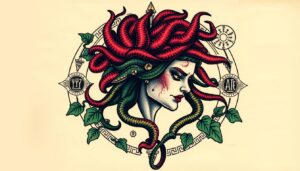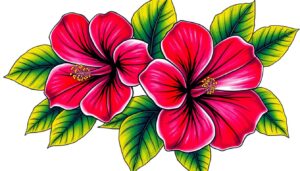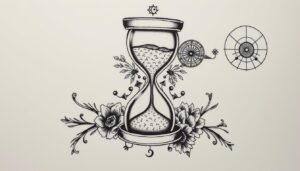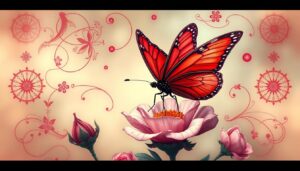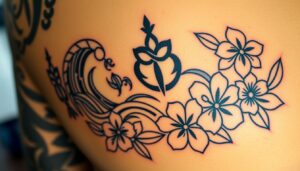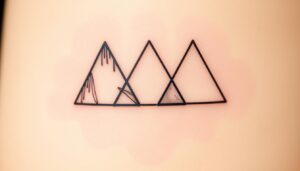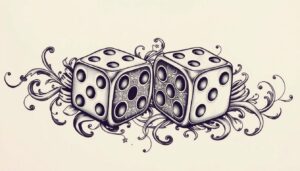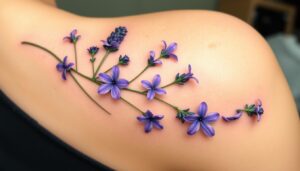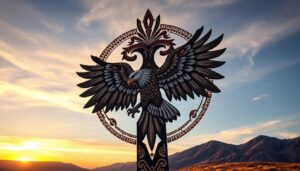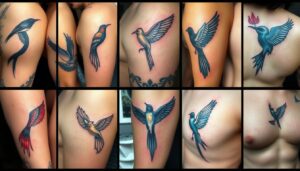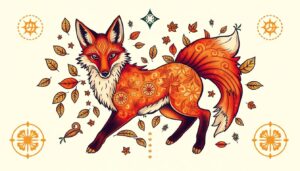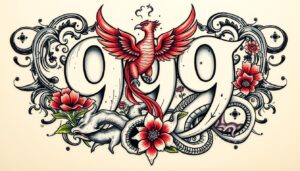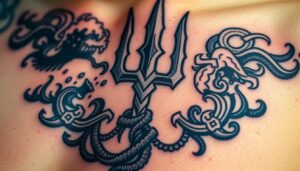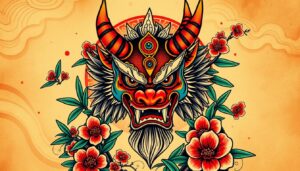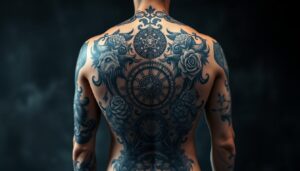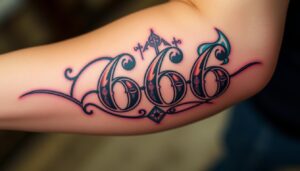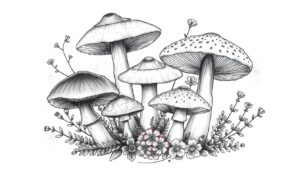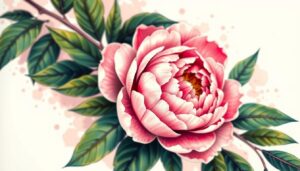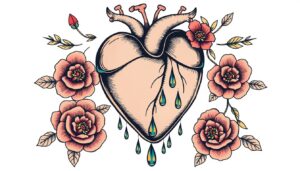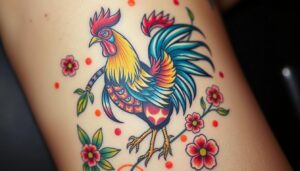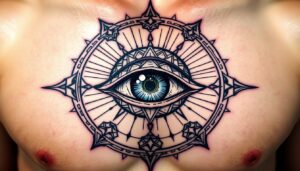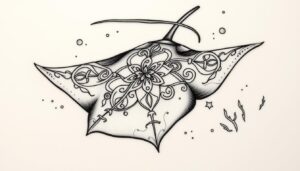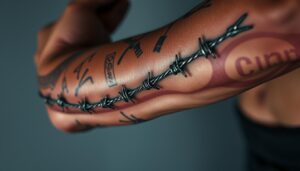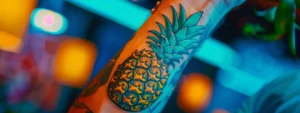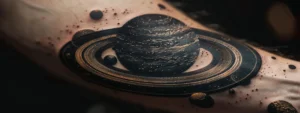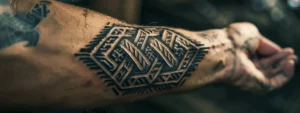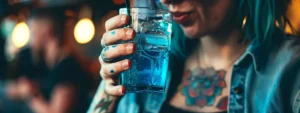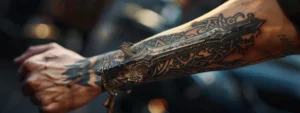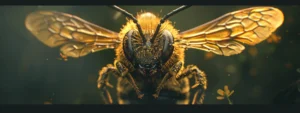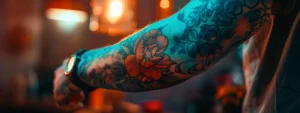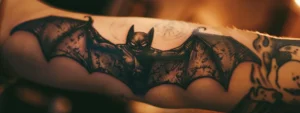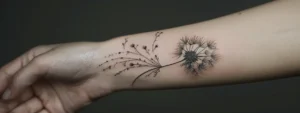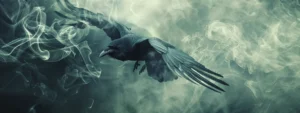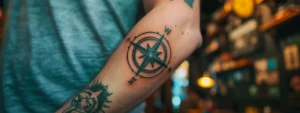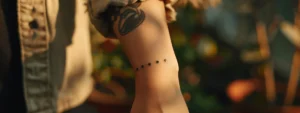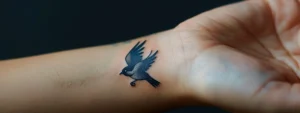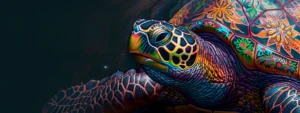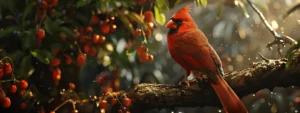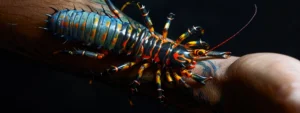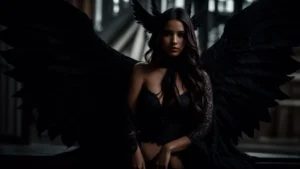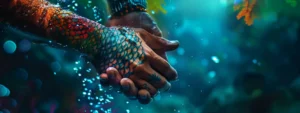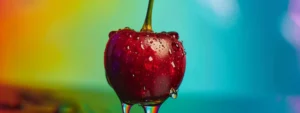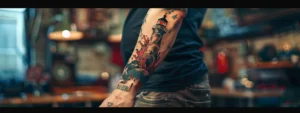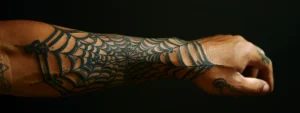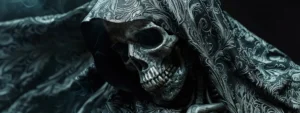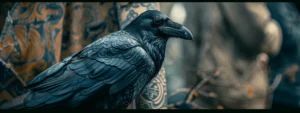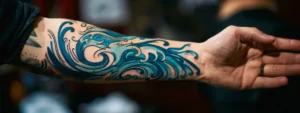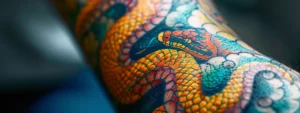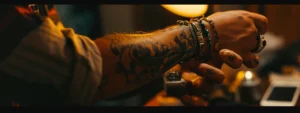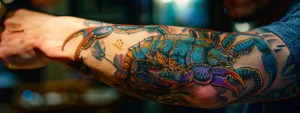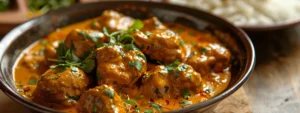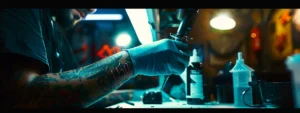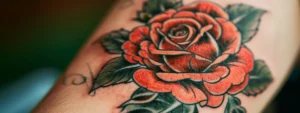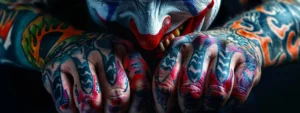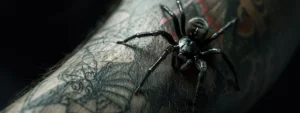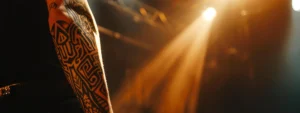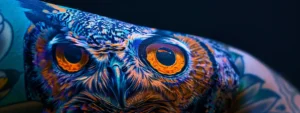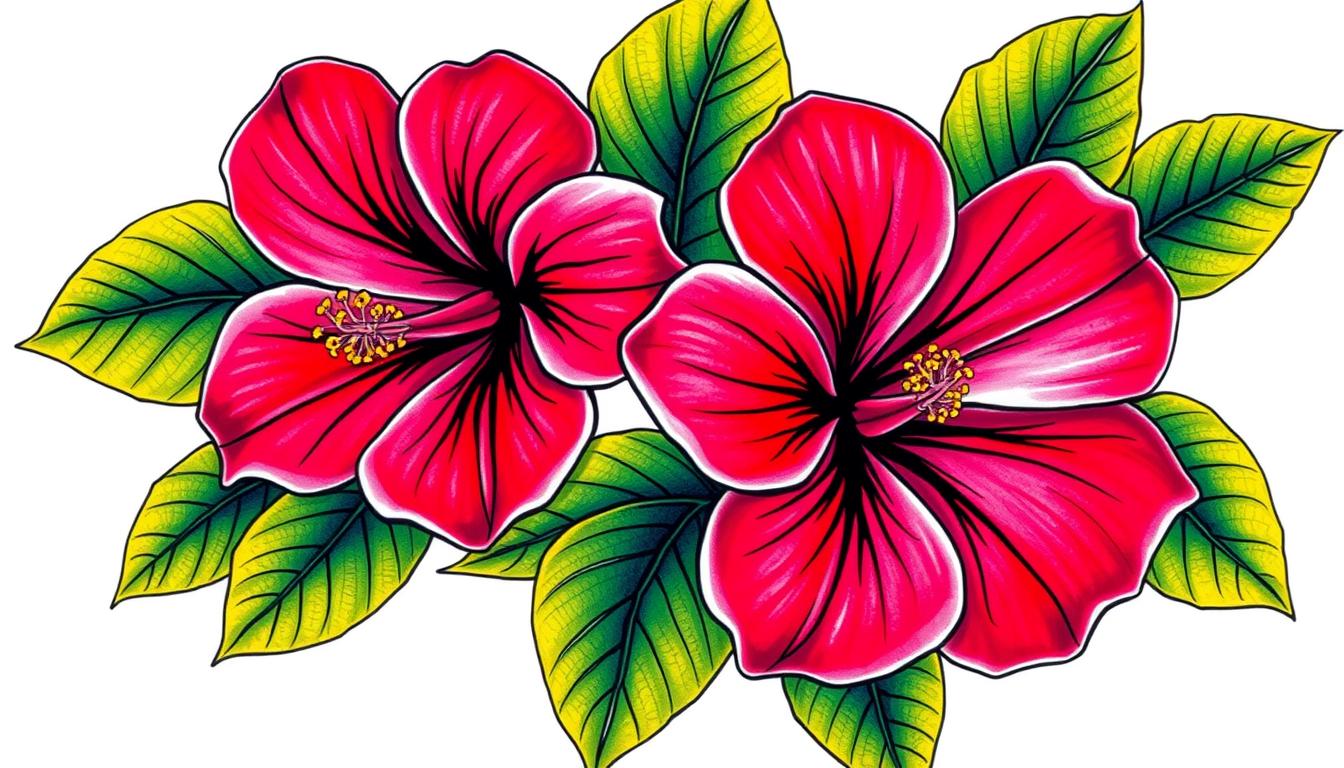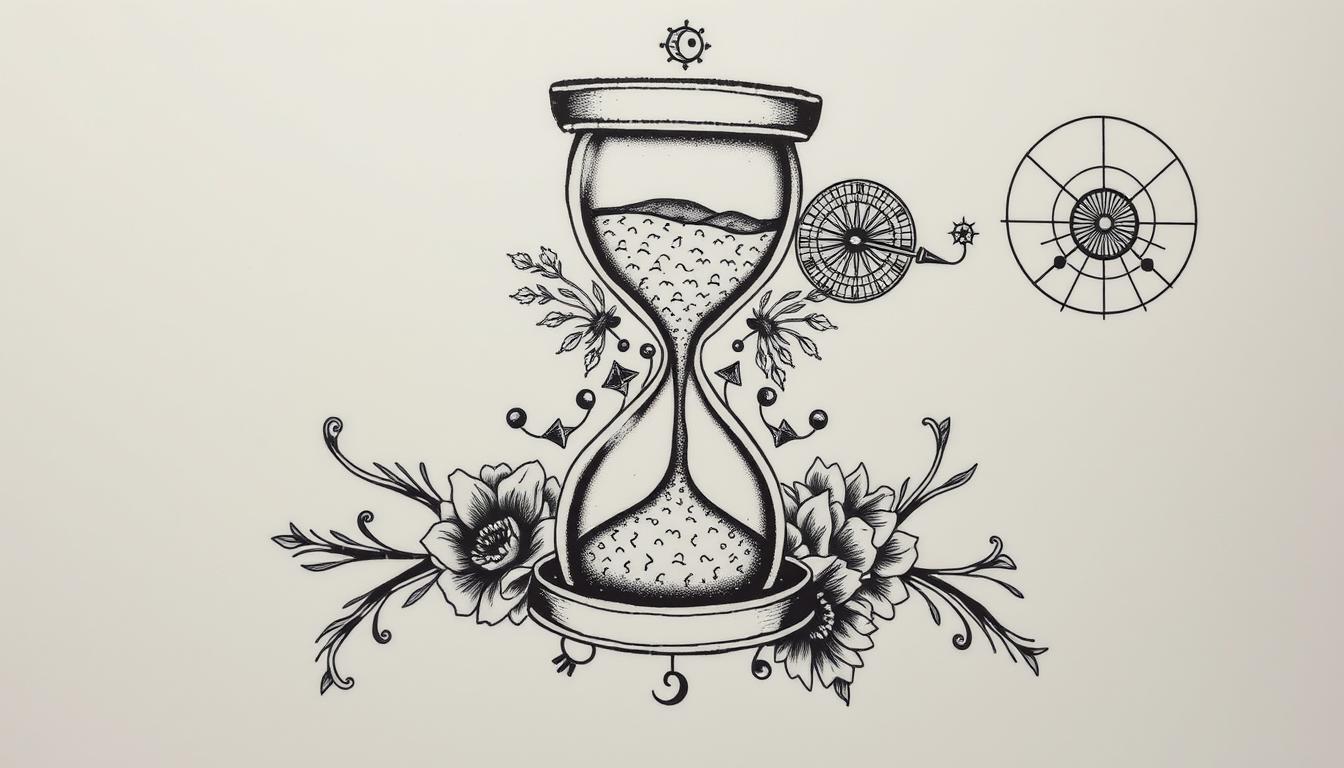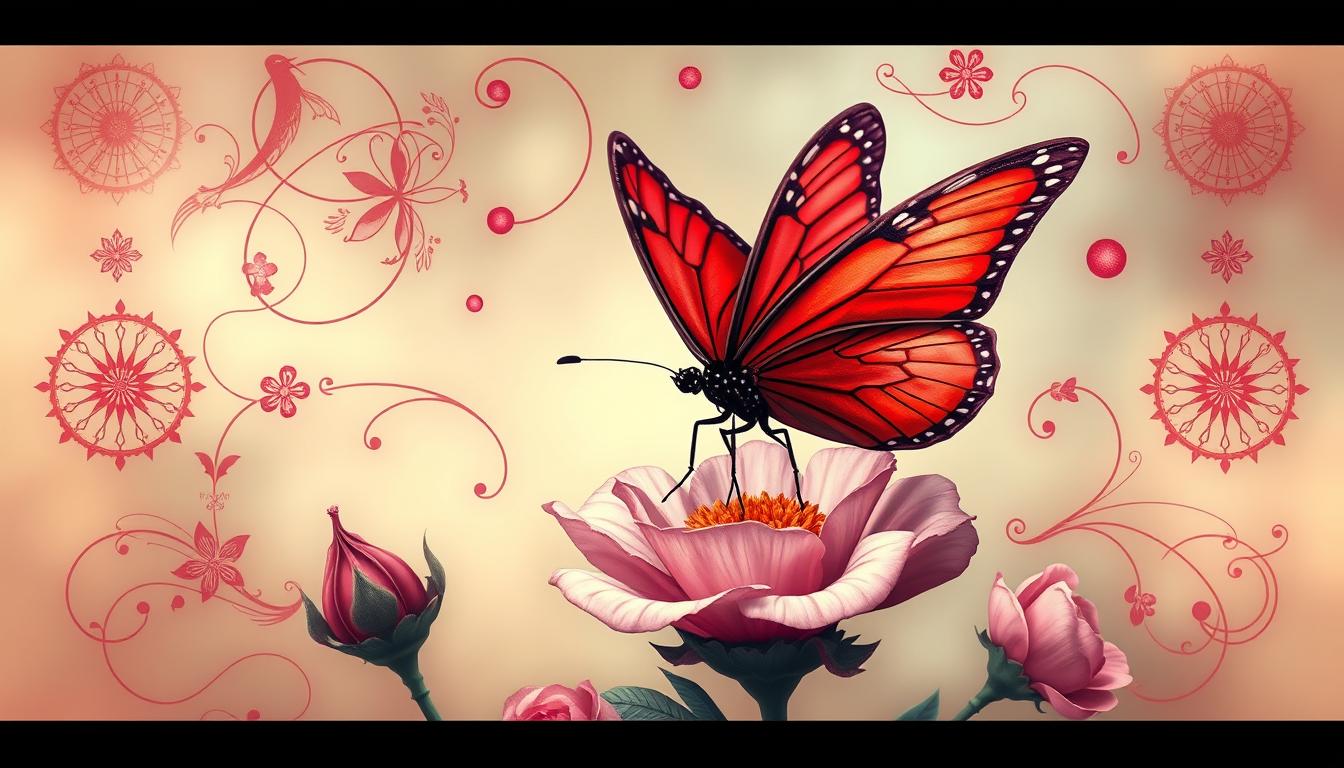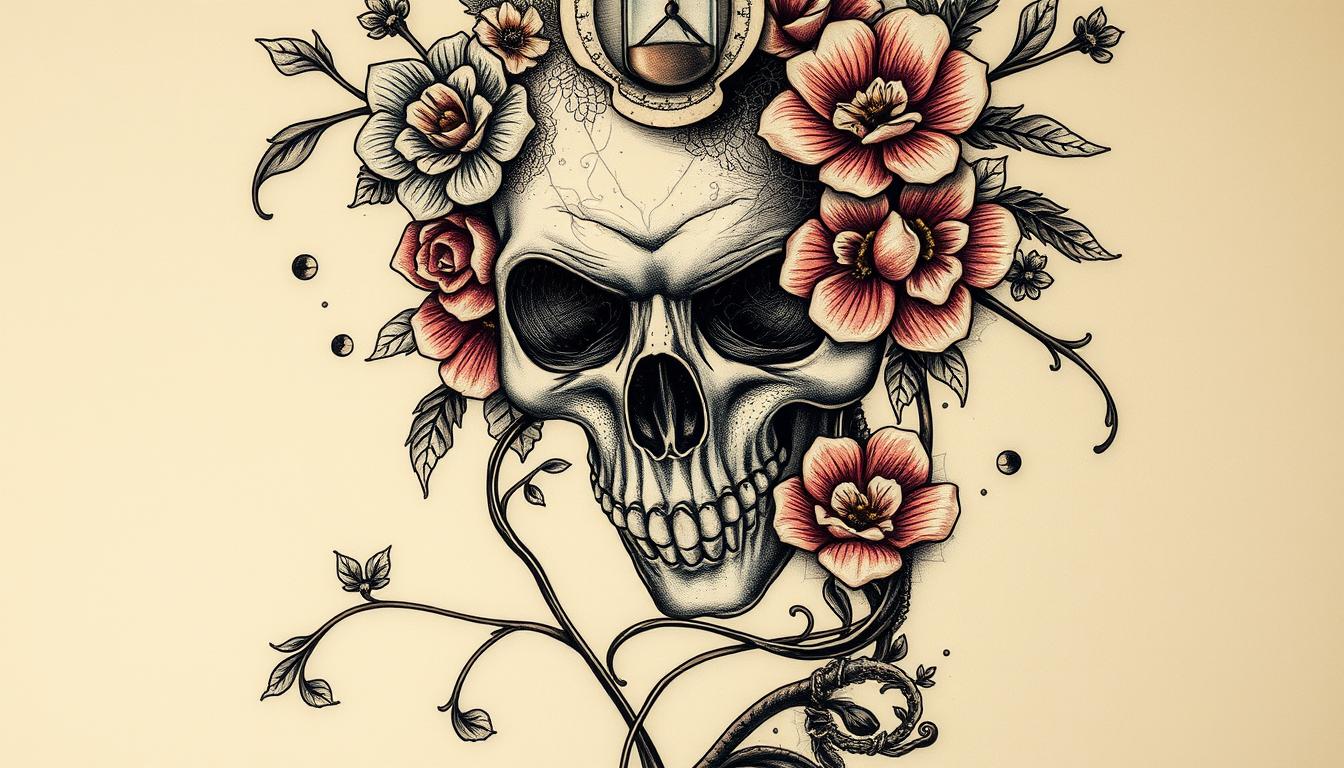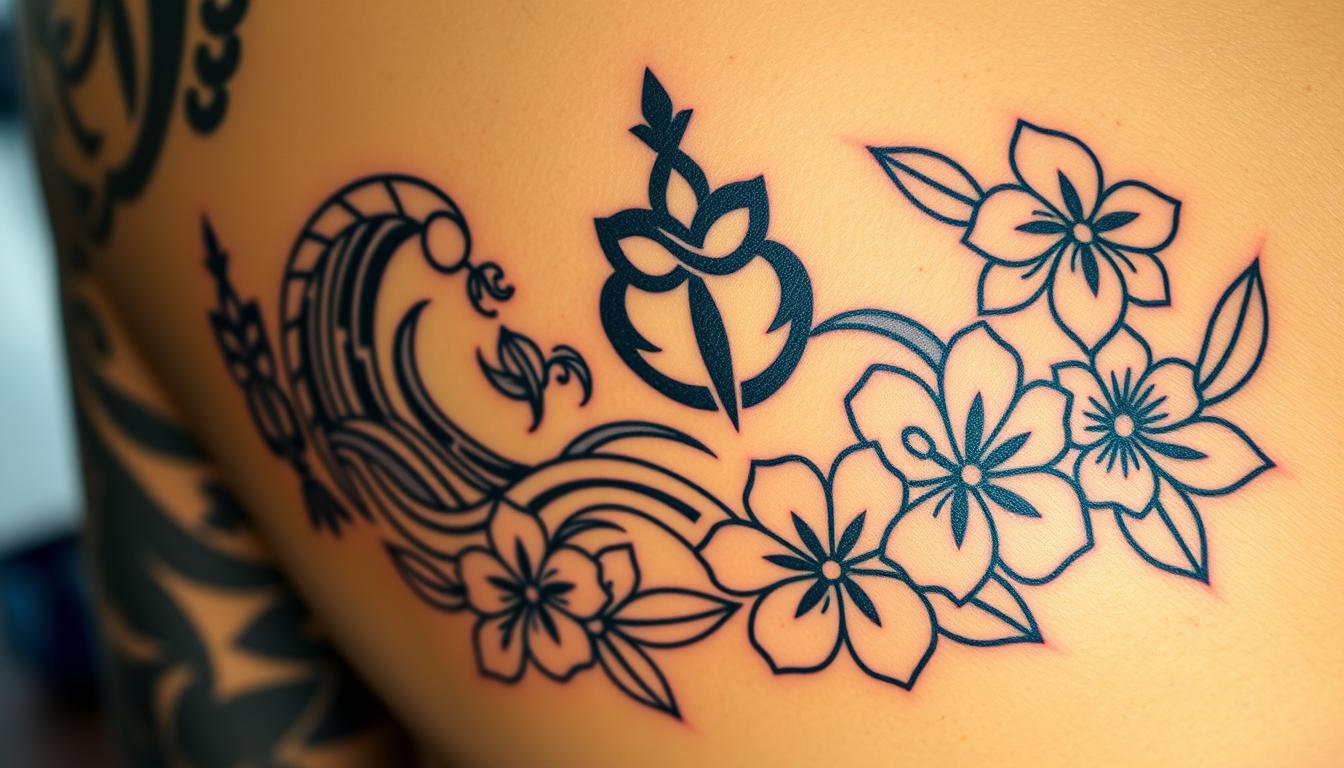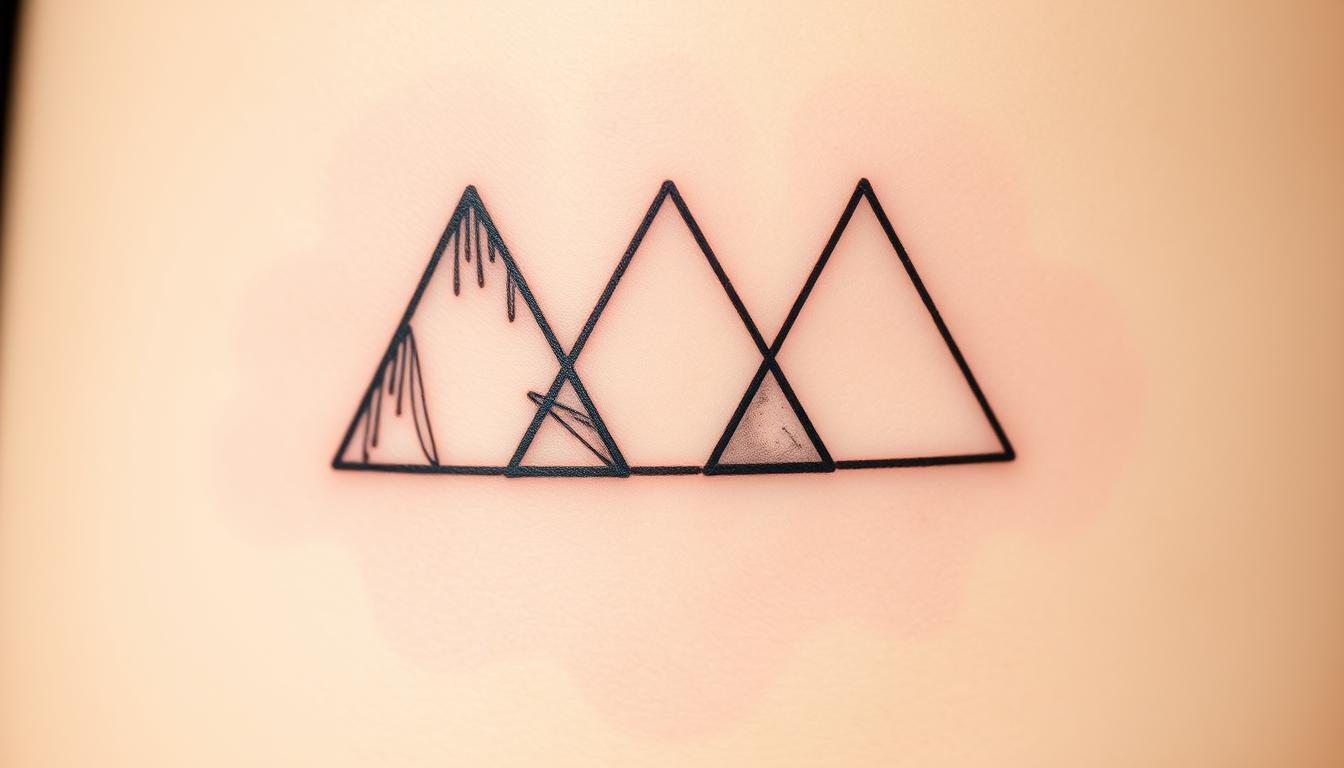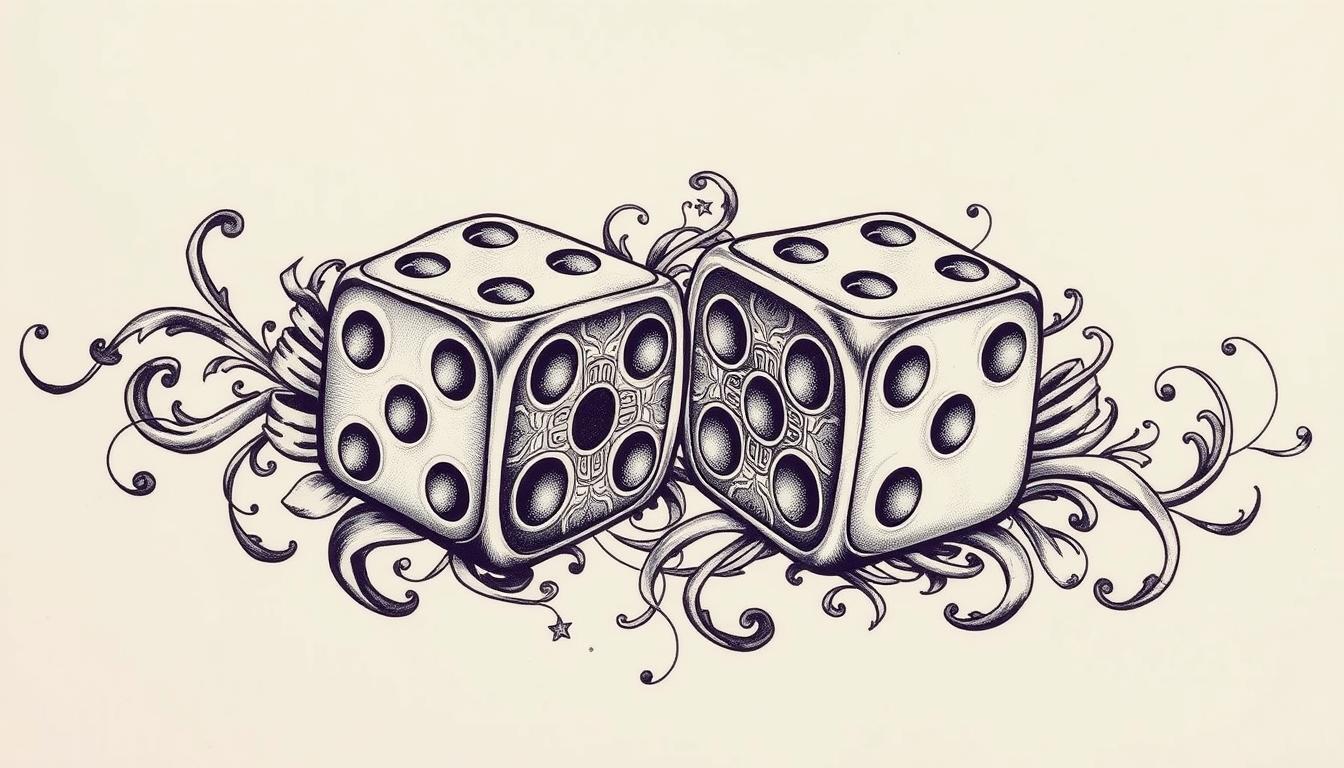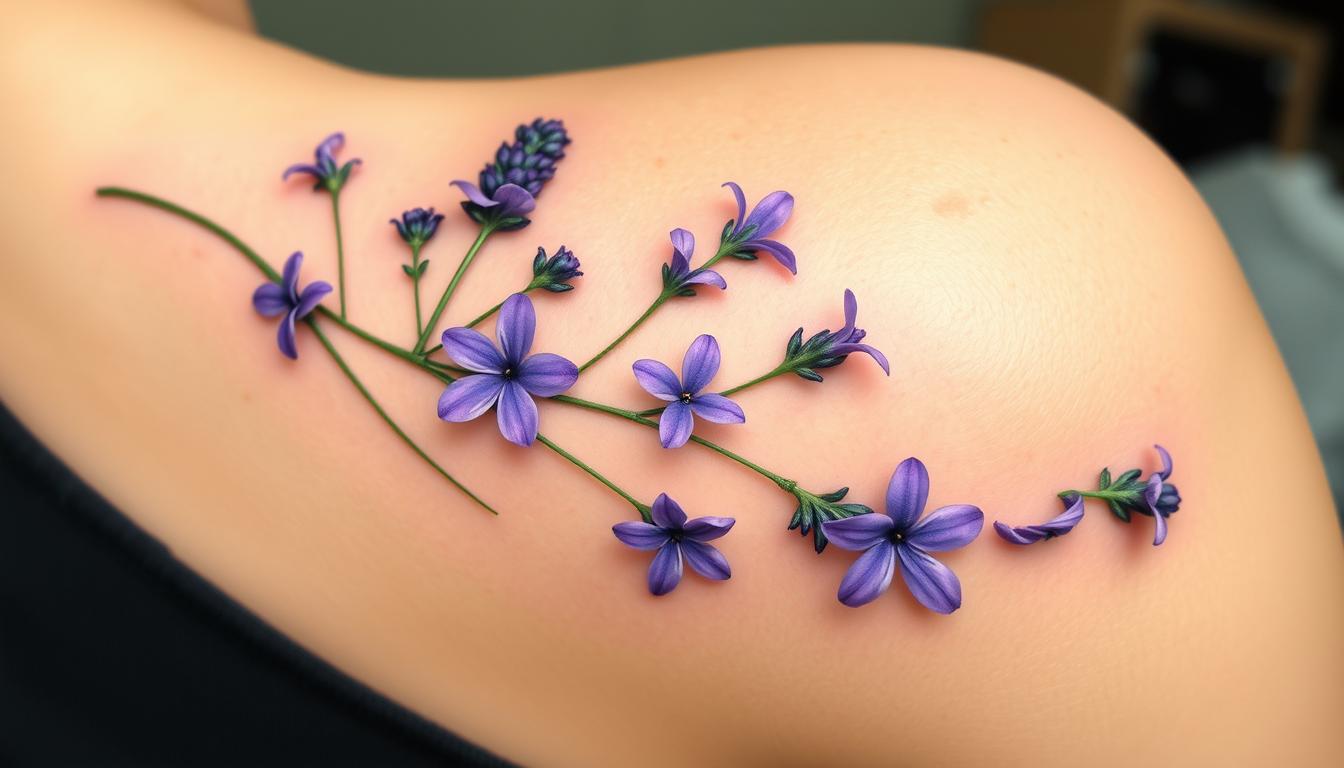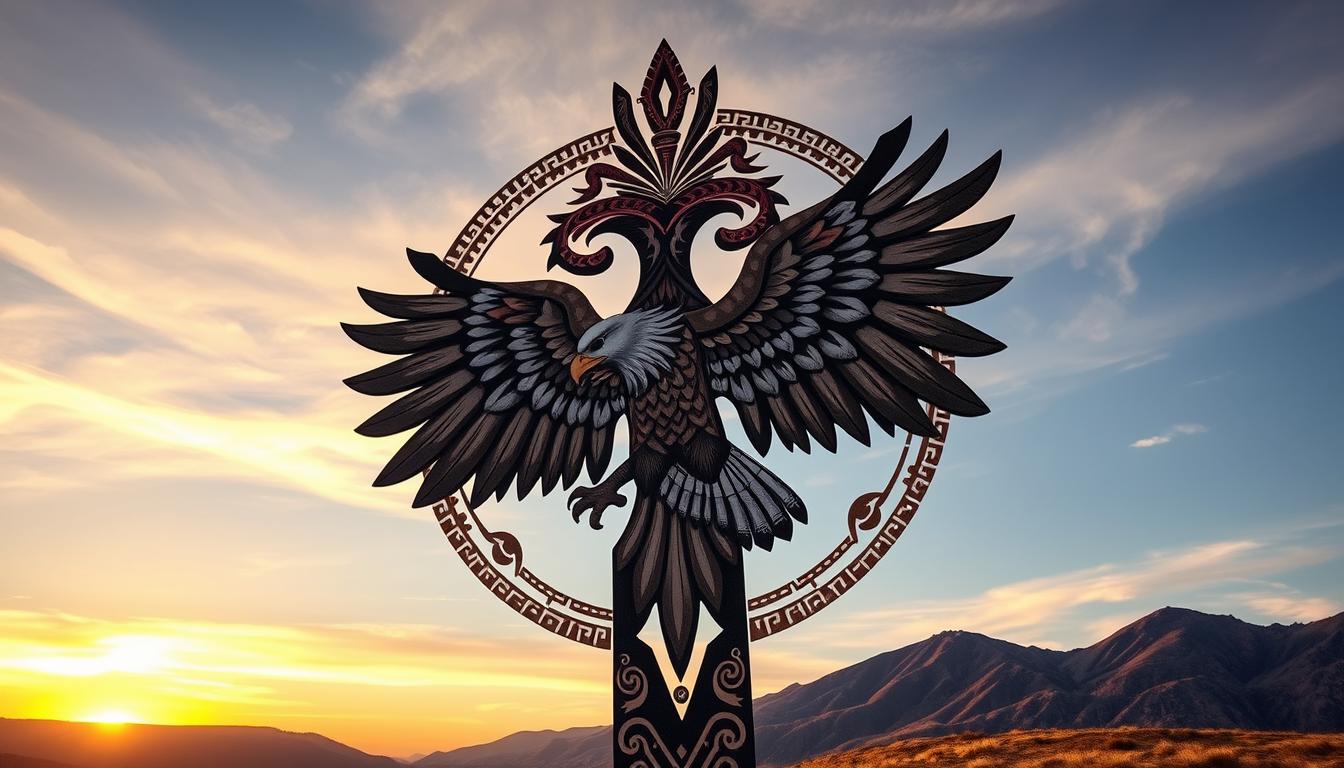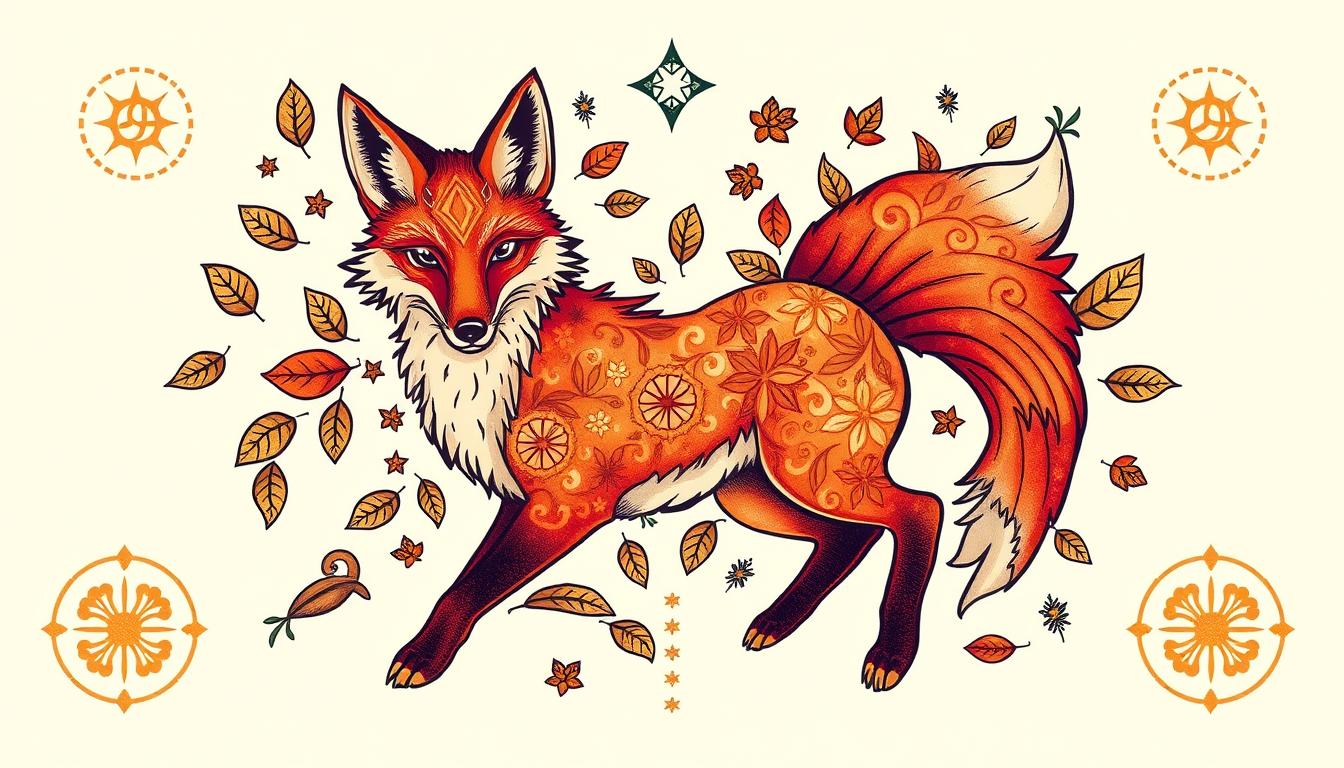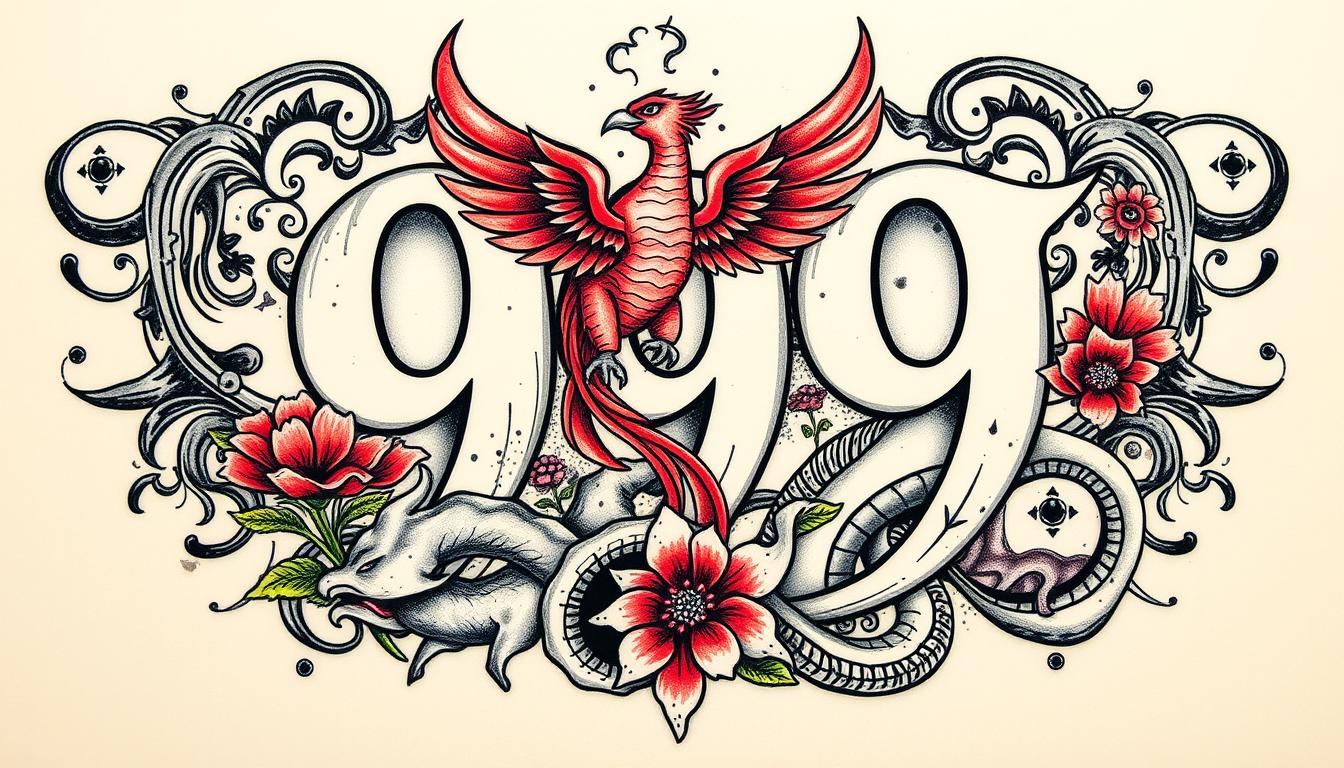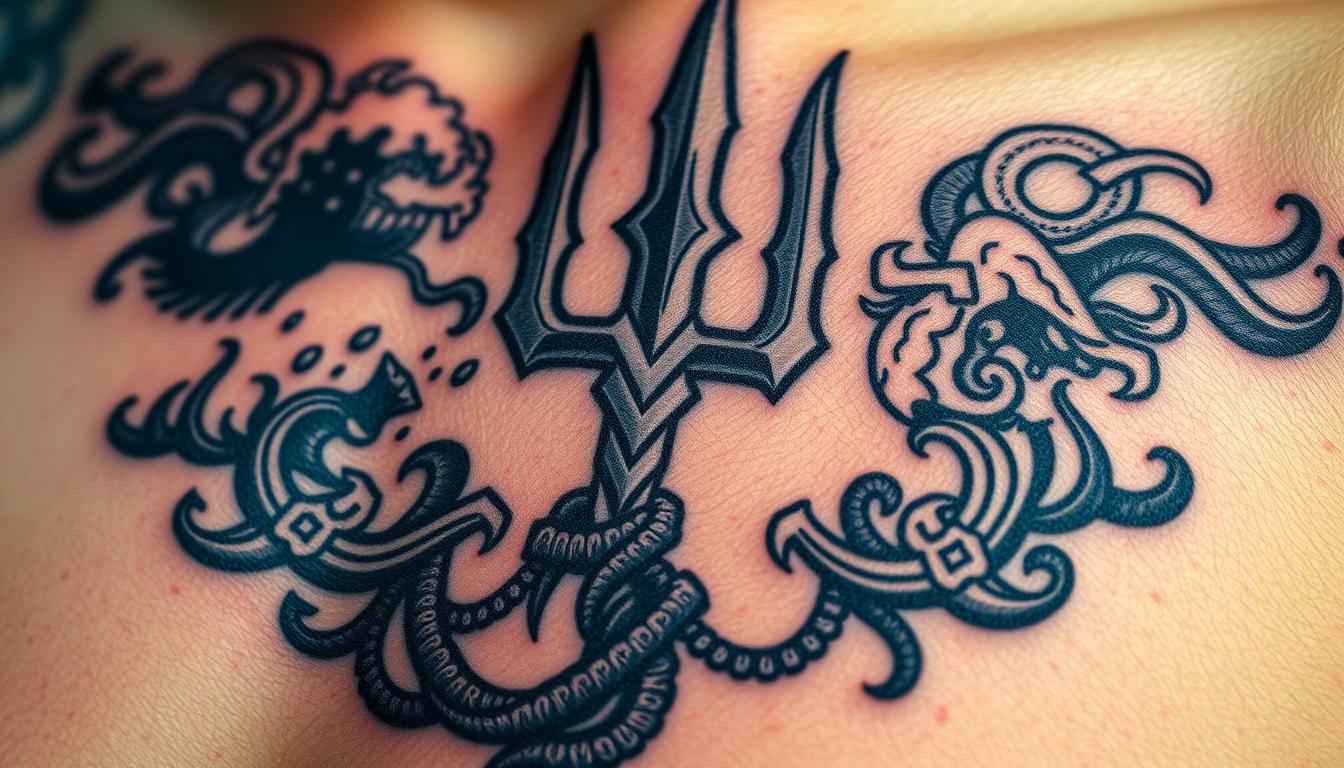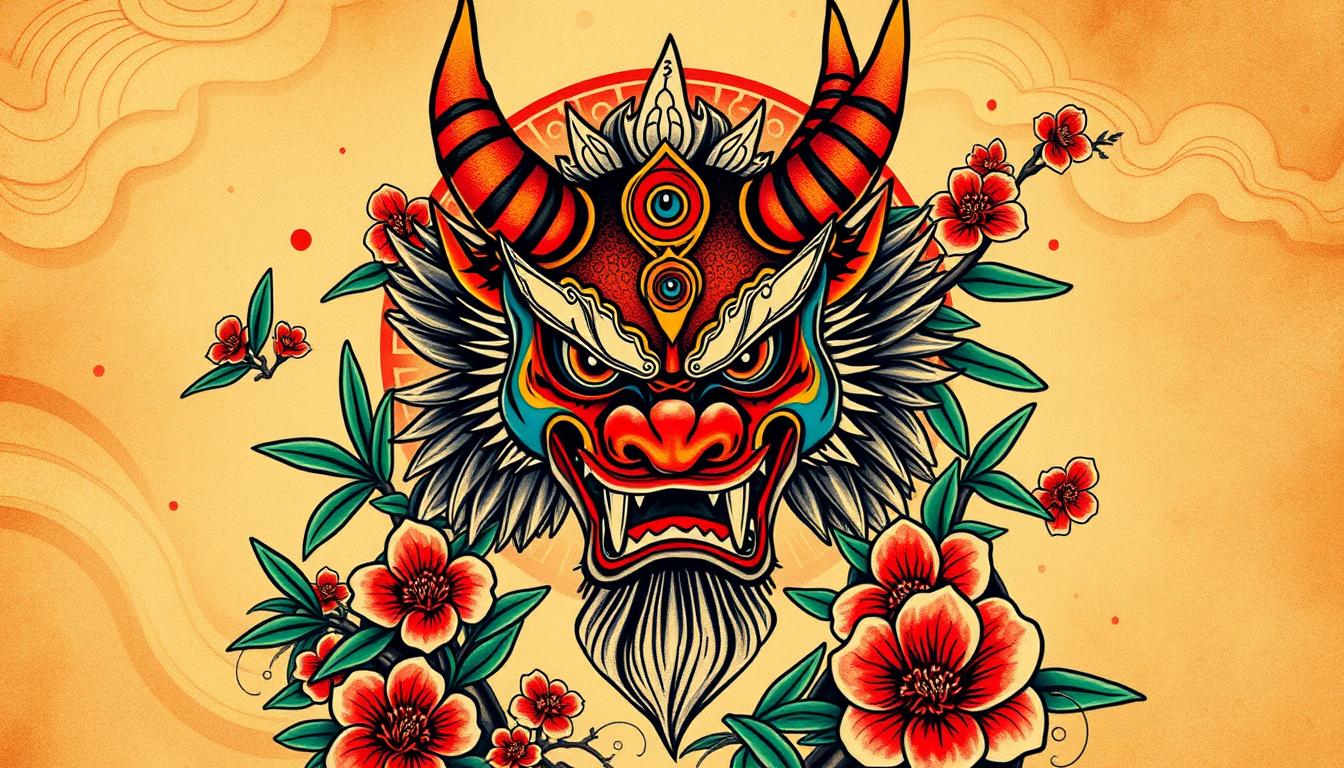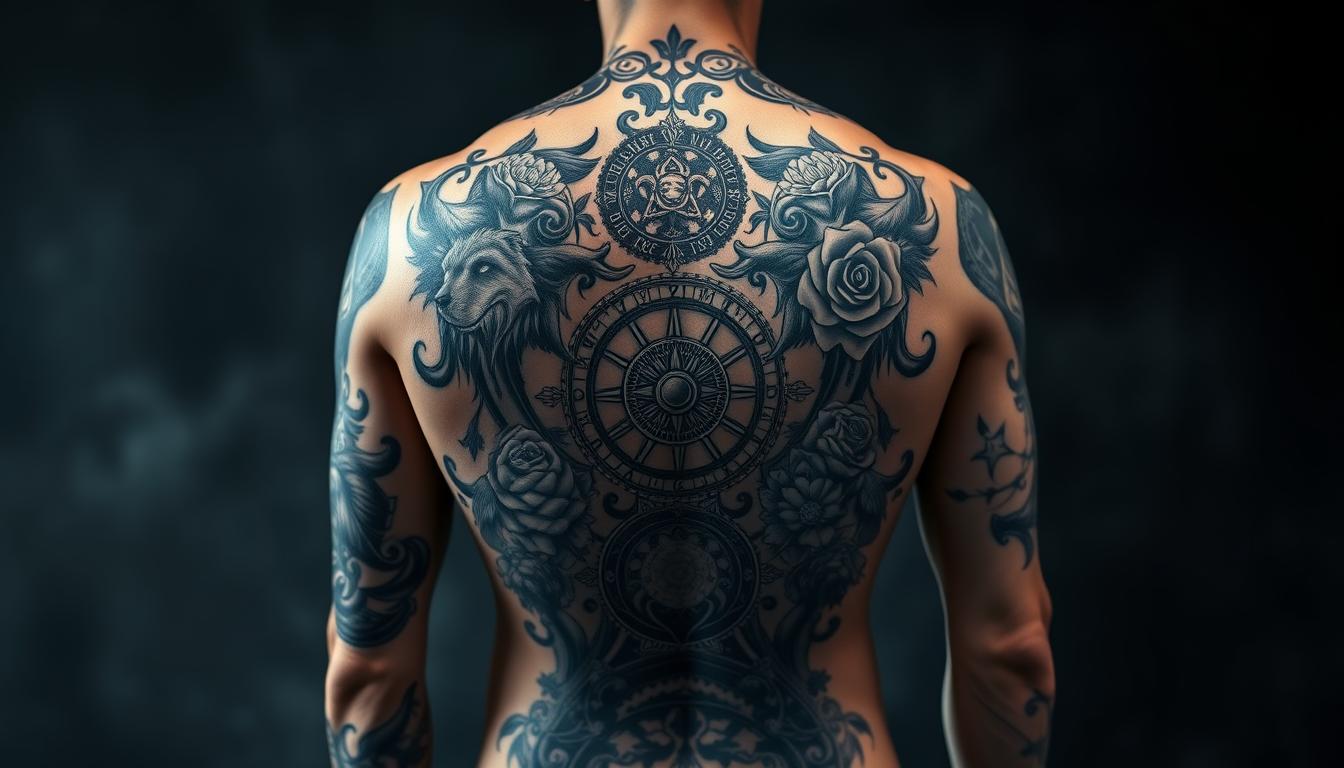Oni tattoos are a big deal in body art, thanks to Japanese folklore. They are seen as protectors against evil. These designs add depth and character to anyone’s body.
Oni, or demons, are huge, strong beings with wild hair and horns. They stand for facing fears, fighting bad luck, and beating challenges. These tattoos symbolize strength, protection, and resilience.
They are loved by those who want meaningful body art. It’s a way to show strength and protection.
Key Takeaways
- Oni tattoos are popular for their depth and character, often symbolizing protection against evil and resilience.
- Oni designs commonly feature bold colors, sharp teeth, and large eyes, representing the ability to confront and overcome challenges.
- Mixing Oni with other Japanese symbols is a popular trend, reflecting the desire for meaningful body art with deep symbolism.
- The fascination with Oni tattoos has spread beyond Japan, appealing to individuals globally for their intricate designs and deep meanings.
- Understanding the symbolism behind Oni tattoos is crucial in selecting a design that resonates with personal battles and victories.
Understanding the Origins of Japanese Oni Demons
The oni is a fascinating figure in Japanese folklore. Its history is deeply rooted in ancient myths and changing cultural views. The word “oni” comes from “on,” meaning “to hide,” showing their mysterious nature. They were seen as evil beings, blamed for disasters and conflicts.
Ancient Folklore and Mythology
In Japanese folklore, oni are supernatural beings known as yokai. They are often shown as ogres, trolls, devils, or demons. They have sharp claws and horns, and are feared for disrupting the natural order.
Evolution of Oni in Japanese Culture
The view of oni has changed over time. They were once purely evil but now are seen in a more complex light. This change shows how they have become part of Japanese culture.
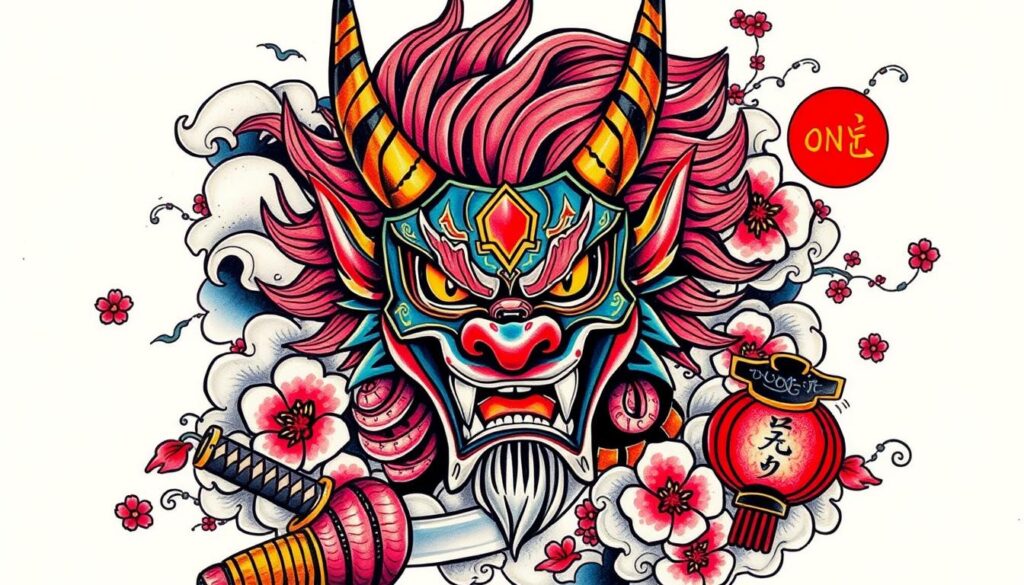
Oni tattoos are popular for their deep cultural meaning. They require a lot of time and space, showing the wearer’s connection to oni’s history. Oni are seen as both evil and protective, facing fears.
| Oni Tattoo Characteristics | Significance |
|---|---|
| Color Palette | The oni tattoo is typically drawn in red, blue, black, or green ink, offering a variety of color options for those interested. |
| Placement | The oni mask tattoo may be inked on body parts like the back, upper and lower arms, shoulders, calves, or the back of the neck. |
| Artistry | Proper placement and styling are crucial for an oni tattoo to ensure the intricate details are executed to perfection. |
Getting an oni tattoo means working with skilled Japanese tattoo artists. They can help understand the tattoo’s meaning and significance. The oni’s roots in Hindu-Buddhist beliefs add to its religious importance, making it a symbol of both good and evil.
The Spiritual Power Behind Oni Tattoo Meaning
Traditional Japanese tattoos, known as irezumi, carry deep spiritual meaning. The Oni tattoo is no different. Oni, the fearsome demon-like creatures from Japanese folklore, are believed to have immense spiritual power. They are seen as guardians against evil spirits and misfortune.
The Oni tattoo symbolizes the wearer’s ability to face and overcome challenges. It shows inner strength and resilience. It acts as a powerful talisman, protecting the individual from negative forces and bringing good luck and fortune.
In Japanese culture, Oni are not just seen as evil beings but also as protectors. By getting an Oni tattoo, the wearer connects with this ancient spiritual tradition. It shows their commitment to facing their personal demons and winning.
“The Oni tattoo is a declaration of one’s willingness to embrace both the light and the dark within, to confront and conquer the challenges that life presents.”
The intricate designs and vibrant colors in Oni tattoos add to their spiritual power. The Oni’s mask-like features, with their fierce expressions and sharp fangs, are believed to ward off evil spirits. They bring good luck to the wearer.
Whether seeking protection, personal growth, or a deeper connection to Japanese cultural heritage, the Oni tattoo holds a unique and profound meaning. It is a powerful symbol of traditional Japanese tattoo art.
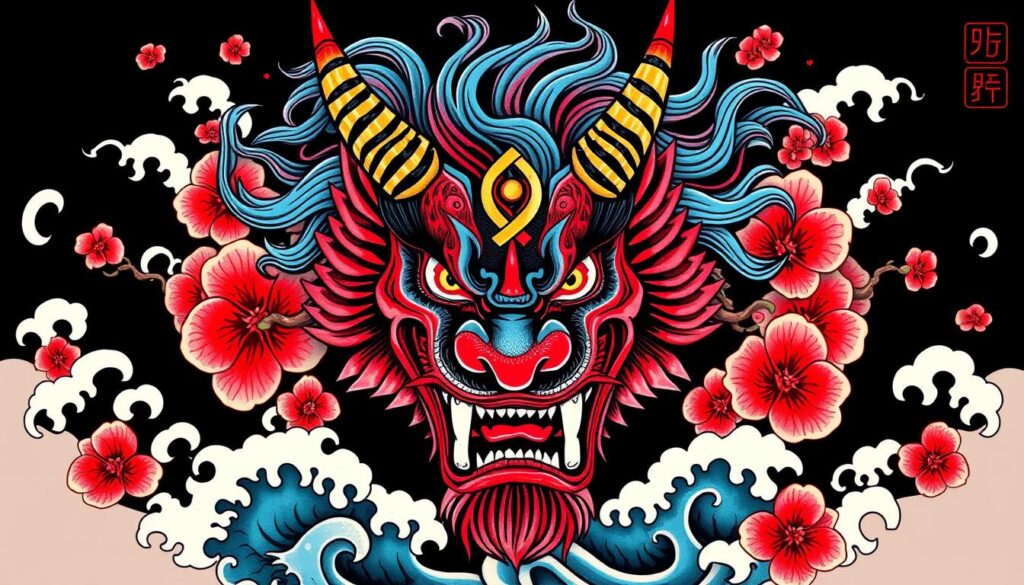
Traditional Design Elements of Oni Tattoos
Oni mask tattoos are known for their bold designs. They show the powerful spirits of Japanese demons in great detail. These tattoos have traditional elements that bring the oni to life.
Facial Features and Expressions
The oni’s face is fierce, with sharp teeth and glaring eyes. A furrowed brow shows their anger or aggression. They might hold a kanabo, a spiked club, to show their strength.
Colors and Their Significance
Colors are key in oni tattoos, with red and blue being common. Red shows the oni’s power and destructive side. Blue oni are seen as more protective. The bright colors make the tattoos stand out.
Common Artistic Styles
Traditional oni tattoos use bold lines and shading for depth. This style, called irezumi, makes the oni look powerful. Modern styles mix old and new, creating stunning designs.

Oni tattoos are loved for their deep meaning and striking designs. They are a favorite for those who want to show their love for Japanese culture. Both traditional and modern designs inspire people worldwide.
Symbolism of Protection and Strength
Oni tattoos are known for their unique, demonic look. They symbolize protection and inner strength in Japanese culture. These demonic Japanese tattoos are believed to keep bad luck away and protect the wearer from harm. The oni tattoo meaning comes from ancient stories, where Oni were thought to fight evil and bring luck.
Oni masks were used in festivals to keep misfortune away and protect the community. Now, Oni tattoos act as personal talismans. They help people face their “inner demons” and find inner strength.
The Oni’s mix of fear and kindness shows the human side. These tattoos show the wearer’s courage to face challenges and grow stronger. For many, an Oni tattoo reminds them of their strength and will to keep going, no matter what.
“Oni tattoos symbolize the wearer’s refusal to be defined by their struggles. They are a testament to the indomitable spirit that lies within.”
Oni tattoos are more than just a symbol of power. They honor Japan’s rich culture and inspire those who wear them. The demonic Japanese tattoo is a bold statement of the wearer’s inner strength and their dedication to protect what’s important.
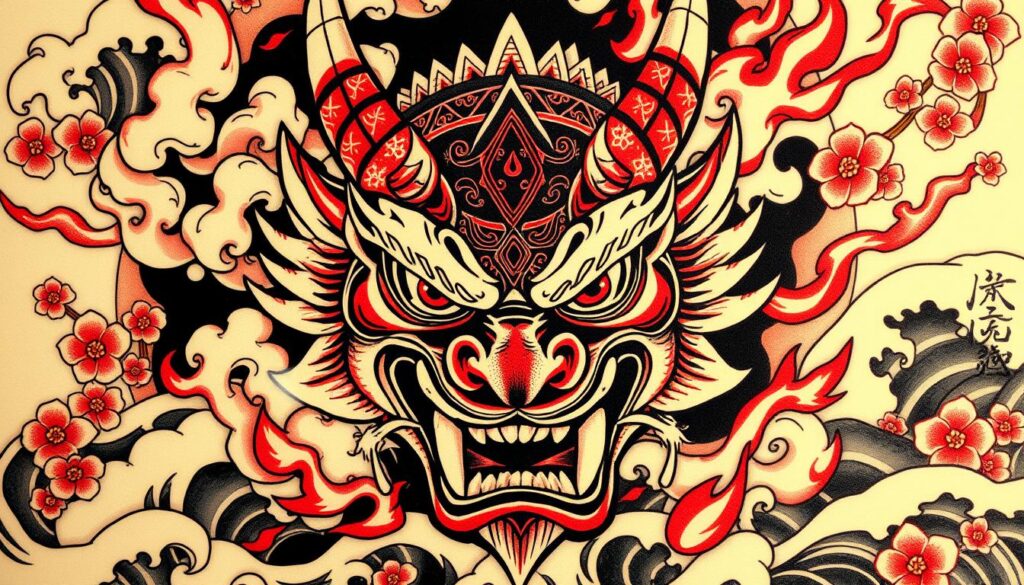
The Connection Between Oni and Samurai Culture
The Japanese tattoo designs with the oni mask are deeply rooted in samurai culture. Samurai warriors wore masks that looked like demons to protect themselves and scare their foes. These masks were called “men-yoroi” or “menpō.”
These masks were made from iron, metal, or lacquer. They were not just for protection. They were also inspired by the oni, powerful Japanese demons. The masks showed the warrior’s strength and bravery.
Warrior Spirit Representation
The oni mask tattoo symbolizes the samurai spirit today. It shows fear and power, qualities of ancient Japanese warriors. It’s a popular choice for those who want to show their strength.
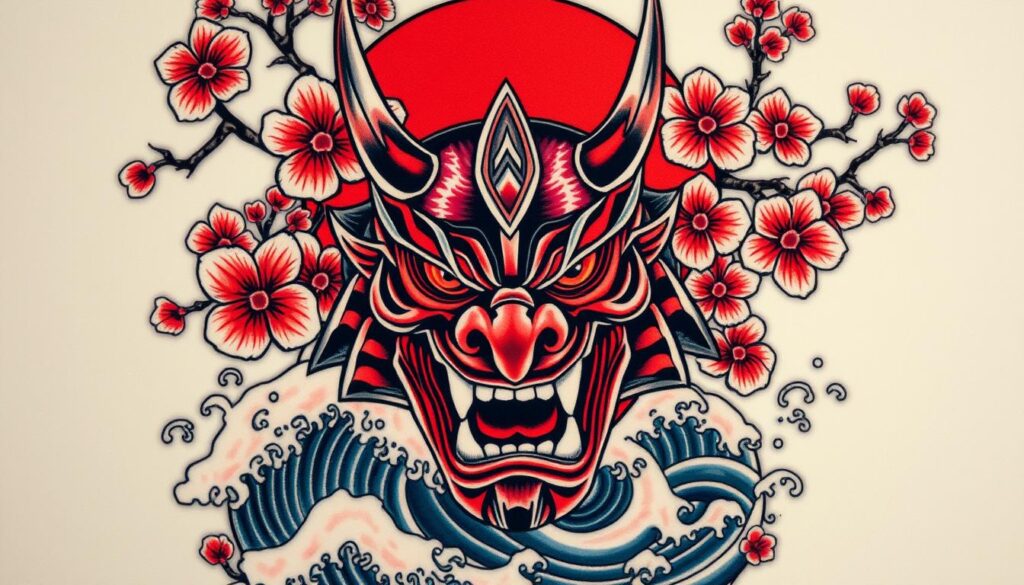
Battle Masks and Armor Influences
The designs of samurai battle masks, or “menpo,” have shaped oni mask tattoos. These masks had wild patterns and features, like detachable noses. They made the oni demons seem even more fearsome.
Even though oni mask tattoos don’t show samurai masks directly, they share a common cultural heritage. This has made them a natural fit in traditional Japanese tattoo art.
Modern Interpretations of Oni Tattoos
Today, oni tattoos mix old symbols with new art styles. This shows how our views of these Japanese demons have changed. Artists use bright colors, detailed lines, and new layouts to make these tattoos stand out.
Modern designs often show oni as protectors against bad spirits and bad luck. The influence of anime, manga, and video games has also made oni tattoos more fun and pop culture-like.
Oni tattoos are still a favorite for those who want to connect with Japanese culture and myths. These tattoos are a lasting symbol of Japan’s rich heritage, even as they change with new styles.
| Product | Price | Savings |
|---|---|---|
| Black Oni Kimono Cardigan | $54.90 | $10 |
| Traditional Japanese Oni Masks | $29.90 | Free Shipping in the U.S. |
There are now many more oni designs than before. This shows how these Japanese demons are becoming more popular in art and culture.
“Belief in oni in urban areas started to decrease in the late 18th century, possibly due to increased access to literature and art depicting oni in a less serious manner.”
Despite changes, oni tattoos remain popular. They are a way for people to connect with Japanese culture and myths. These tattoos are timeless, crossing over into modern styles.
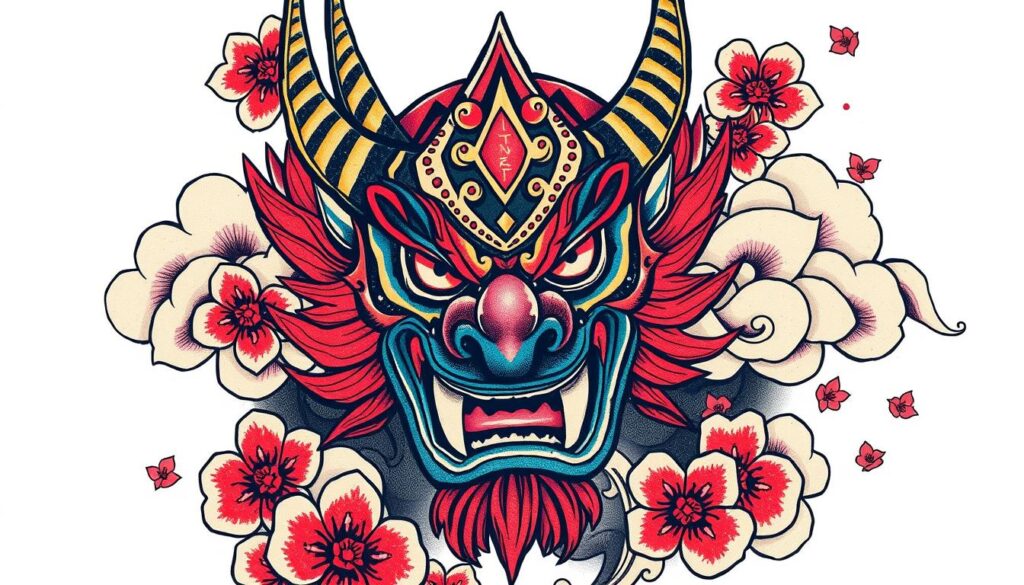
Popular Placement Options for Oni Tattoos
Oni mask tattoos come in all sizes and can fit any body part. They’re often placed on the arm, back, chest, and thighs. These designs are big, detailed, and make a bold statement about Japanese culture and personal stories.
Body Areas and Their Meanings
Where you put an oni mask tattoo matters. For example, an oni on the back might mean protection. One on the chest could show inner strength. Smaller tattoos on arms, shoulders, or calves are more subtle but still powerful.
Size Considerations
The size of an oni mask tattoo depends on the detail and body area. Big designs are detailed and striking. Small tattoos are quick and personal, showing the oni’s spiritual meaning. It’s all about what you want to say with your tattoo.
| Tattoo Placement | Symbolic Meaning | Size Considerations |
|---|---|---|
| Back | Protection | Large, detailed designs |
| Chest | Inner strength | Large, impactful designs |
| Arms/Shoulders | Subtle expression | Smaller, more personal designs |
| Thighs | Bold statement | Large, visually striking designs |
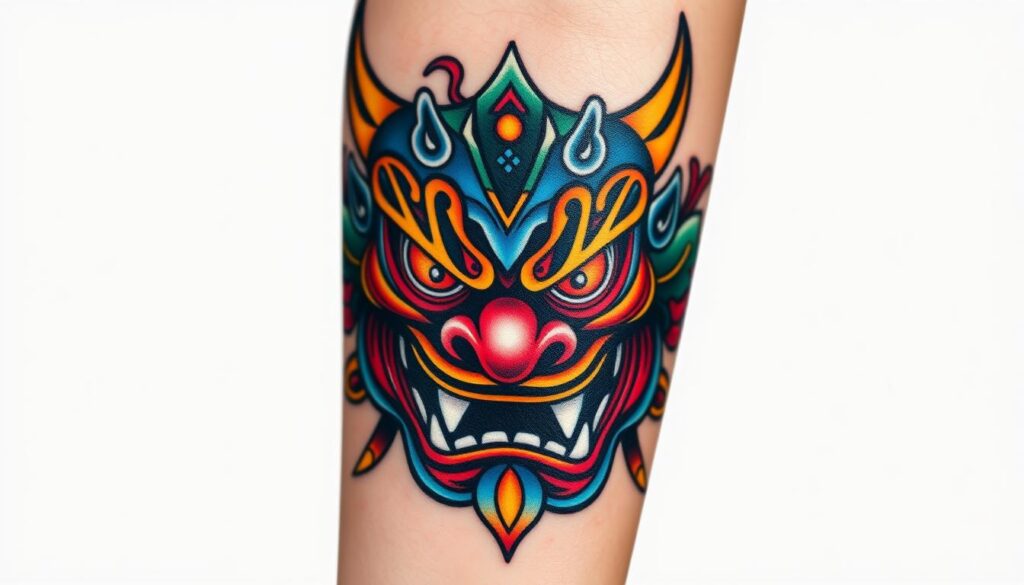
An oni mask tattoo is a deep commitment to art and culture. It symbolizes personal battles and overcoming challenges. Each tattoo is unique, letting you express your story through art.
Combining Oni with Other Japanese Tattoo Elements
Japanese tattoo art is a world of endless creativity. One of the most fascinating combinations is the Oni demon with other Japanese symbols. Oni tattoos come from ancient stories and myths. They are often mixed with cherry blossoms, samurai warriors, or other yokai to make stunning designs.
Cherry blossoms add a beautiful contrast to the oni’s fierce look. They show the balance between beauty and darkness in Japanese culture. Samurai warrior images give oni tattoos a sense of honor and bravery, reflecting Japan’s military tradition.
There are many ways to mix and match these elements. Adding yokai like the kitsune (fox spirits) or tengu (long-nosed goblins) tells a unique story. These designs let people share their experiences and values through irezumi, Japan’s traditional tattooing.
| Tattoo Element | Symbolic Meaning |
|---|---|
| Cherry Blossoms | Beauty, danger, mortality |
| Samurai Warriors | Honor, bravery, warrior spirit |
| Yokai Creatures | Supernatural, personalized narratives |
Oni tattoos, with or without traditional Japanese motifs, are a powerful choice. They show a deep connection to Japan’s culture, personal stories, and the human experience.
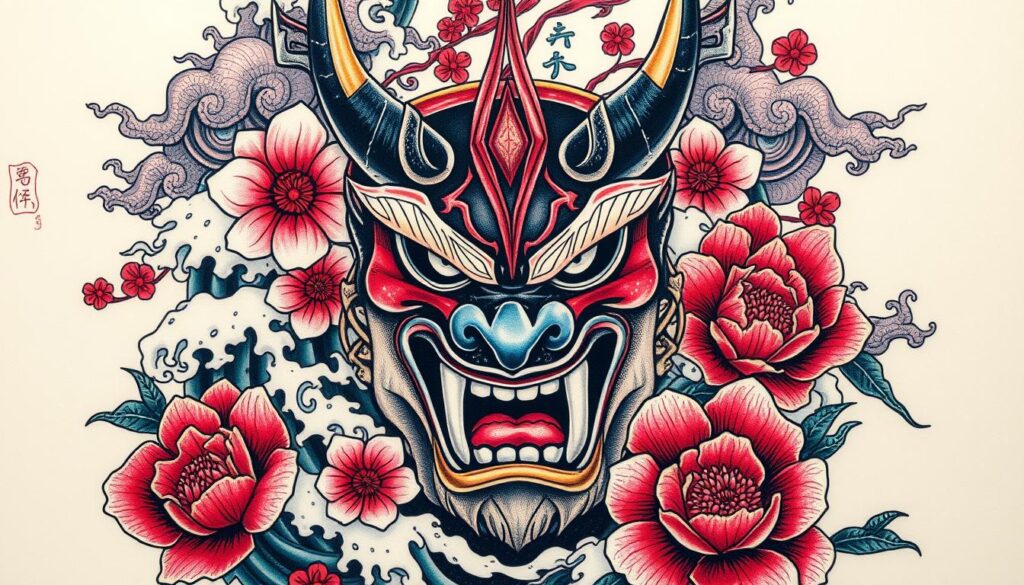
The Role of Oni in Japanese Theater and Art
Oni, the fearsome demons of Japanese folklore, have a big role in the country’s theater and art. These supernatural beings are often shown with horned masks and fierce looks. They have become symbols that go beyond their roots in ancient myths.
Noh Theater Influences
Oni have greatly influenced Japanese culture, especially in Noh theater. Actors wear detailed Oni masks in this classical drama. These masks change expressions with light and movement.
The masks, along with the actors’ movements and chants, create a magical show. This show has amazed people for centuries.
Traditional Art Representations
Oni’s striking image has also made a big impact on Japanese art. Woodblock prints and paintings often show these demons. They highlight their fierce nature and mythological importance.
These art forms have inspired many oni mask tattoo designs. Tattoo artists aim to capture the complex meaning and cultural heritage of these figures.
The way Oni are shown in theater and art in Japan adds to their cultural importance. They mix fear, protection, and the battle between good and evil. As tattoo fans keep exploring Oni’s powerful image, their legacy lives on. It connects today’s tattoos to Japan’s deep traditions.
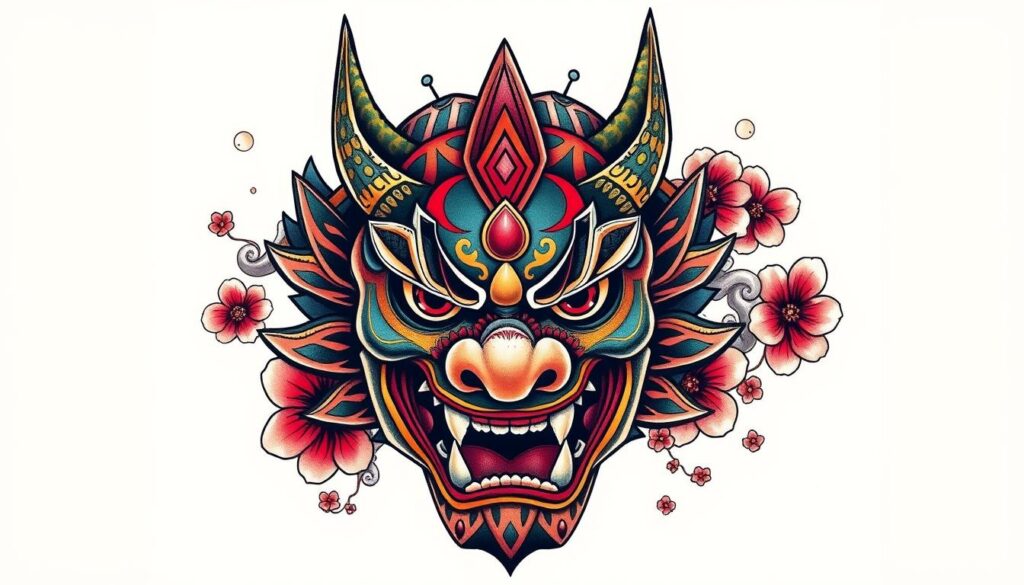
Gender-Specific Meanings in Oni Tattoos
Japanese oni demons are usually seen as male, but there’s also a female version called hannya. These oni have their own special meanings in tattoos.
Male oni tattoos stand for strength, protection, and a brave warrior spirit. They show the wearer’s will to face challenges and protect what matters most. Female hannya tattoos, on the other hand, symbolize jealousy, rage, and change.
Choosing between a male oni or a female hannya tattoo shows different sides of a person. A male oni tattoo might suit those who want to show their strong side. A hannya tattoo could be for those who’ve dealt with strong emotions or big changes in their life.
Oni tattoos, whether male or female, let people show unique parts of themselves. They can tell their own story through their tattoos.
| Male Oni Tattoos | Female Hannya Tattoos |
|---|---|
|
|
Knowing the differences between male oni and female hannya tattoos helps people pick the right design. It’s about finding a tattoo that truly reflects their life and story.
Cultural Appropriation and Respect in Oni Tattoos
The popularity of traditional Japanese tattoos, also known as irezumi tattoo meaning, is growing worldwide. It’s important to approach these designs with cultural respect and understanding. Oni, the fearsome Japanese demon figures, have become a sought-after tattoo motif. But their significance goes beyond mere aesthetics.
To truly honor the cultural heritage of Oni, it’s essential to work with tattoo artists who are knowledgeable in Japanese tattoo traditions. These skilled professionals can ensure the Oni tattoo’s design and placement hold authentic meaning and symbolism. This way, the tattoo is more than just a trendy design.
Exploring the rich history and cultural context of Oni in Japanese folklore and mythology is key. It helps individuals make informed decisions about their tattoo choices. Appreciating the deep spiritual significance of these demon-like figures can lead to a more meaningful and respectful tattoo experience.
The proliferation of traditional Japanese tattoo designs has also led to instances of cultural appropriation and misrepresentation. Inaccurate translations of Japanese characters, the use of generic or meaningless symbols, and a lack of understanding about the true meaning behind these tattoos can be seen in many Western tattoo parlors.
By taking the time to understand the nuances of Oni and other Japanese tattoo motifs, individuals can avoid unintentional disrespect. Instead, they can embrace the cultural significance of these powerful designs. This approach not only honors the traditions but also enhances the personal connection and meaning behind the tattoo.
| Statistic | Significance |
|---|---|
| Traditional Japanese tattooing, known as “Tebori,” utilizes a hand-carving technique using a needle attached to a carved bamboo handle. | This traditional method highlights the meticulous and skilled process involved in creating authentic Japanese tattoos, emphasizing the importance of cultural preservation. |
| Tebori tattoos can take over 150 hours to complete due to the intricate hand-poking process. | The time-consuming nature of Tebori tattoos underscores the reverence and dedication required to produce these culturally significant works of art. |
| Traditional Japanese tattoos have been viewed as taboo in Japan, historically associated with criminals, and banned from public spaces like restaurants and hot springs. | This historical context underscores the need to approach Japanese tattoos with sensitivity, as they have long been misunderstood and stigmatized in their country of origin. |
By embracing the cultural significance of Oni and other Japanese tattoo designs, individuals can create meaningful and respectful traditional Japanese tattoo experiences. These experiences honor the rich heritage of these powerful symbols.
Choosing the Right Oni Tattoo Artist
Getting an oni mask tattoo or a traditional japanese tattoo needs the right artist. Look for those who know Japanese-style tattoos well, especially irezumi traditions.
Think about whether you want a traditional or modern oni tattoo. Check the artist’s work to see if they can handle the detailed and bold oni style. Talking to artists can also show if they get oni’s meaning and can make your design come to life.
Traditional vs. Contemporary Styles
Traditional Japanese tattoo artists focus on irezumi, with bold lines, bright colors, and detailed images. They deeply understand oni tattoos’ cultural and historical value. Modern tattoo artists, however, might mix traditional with their own style, offering a fresh take.
Experience and Expertise
- Find artists with lots of experience in oni and Japanese tattoos.
- Look at their portfolios to see if they can show oni’s unique features like horns and sharp teeth.
- Make sure they know the symbolism and meaning of oni tattoos, which adds depth to your design.
| Traditional Oni Tattoo Style | Contemporary Oni Tattoo Style |
|---|---|
| Bold, vibrant colors | Mixing traditional and modern elements |
| Intricate, detailed designs | Unique personal interpretations |
| Strong emphasis on cultural significance | Blending Japanese aesthetics with contemporary art |
“The right oni tattoo artist can transform your skin into a canvas of Japanese mythology, capturing the essence of these powerful and enigmatic creatures.”
Aftercare and Maintenance of Oni Tattoos
Proper aftercare is key to keeping your oni tattoo looking great. Your artist will tell you how to clean and moisturize it while it heals. If you don’t, the tattoo might fade, blur, or even get infected.
After it’s fully healed, you need to protect it from the sun and keep it moisturized. Sun damage can make the colors fade. Always use a high-SPF sunscreen when your japanese demon tattoo is in the sun.
You might need to get touch-ups to keep your Oni design sharp. Over time, the ink can spread and blur. Going back to your tattoo artist for touch-ups will keep it looking vibrant and clear.
| Aftercare Steps | Maintenance Tips |
|---|---|
|
|
With the right care and maintenance, your oni tattoo will stay amazing for years. Listen to your artist and take steps to protect your tattoo. This way, it will always be a source of inspiration and beauty.
Conclusion
Oni tattoos are a mix of beauty and deep cultural meaning. They come from Japanese folklore and mythology. These tattoos show strength, protection, and overcoming challenges.
They have a long history, from the Jomon to the Edo periods. Now, they attract people all over the world. This shows their lasting appeal.
Oni tattoos are more than just art. They show the wearer’s strength and connection to Japan. With their unique looks and meanings, they tell a story of personal growth.
Japanese tattoo art is becoming more popular everywhere. Oni tattoos are a key part of this. They offer a way to connect with Japan’s rich history and traditions.
Oni tattoos capture the imagination and inspire. They link wearers to the fascinating world of Japanese myths and stories. This makes them truly special.



